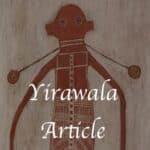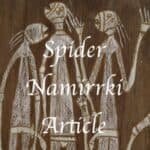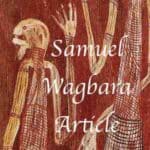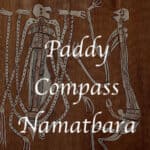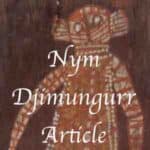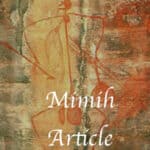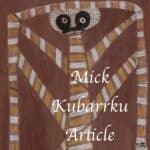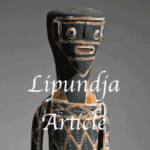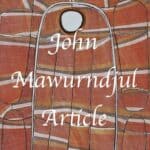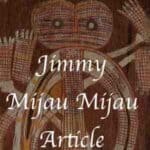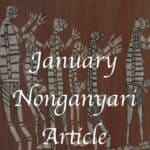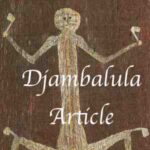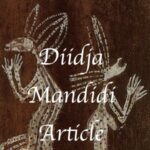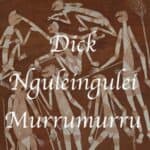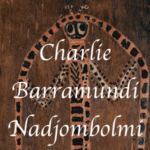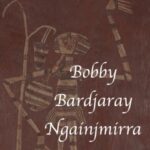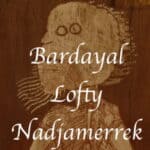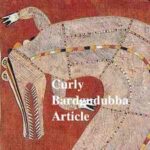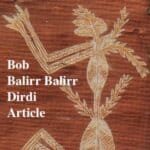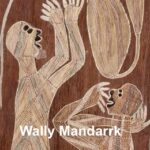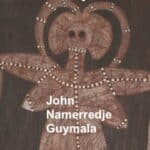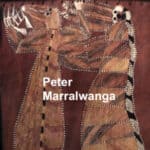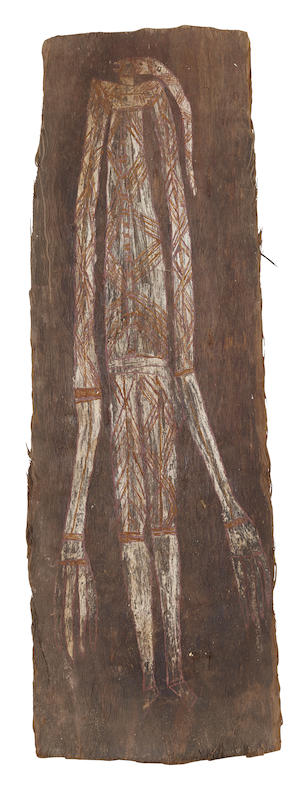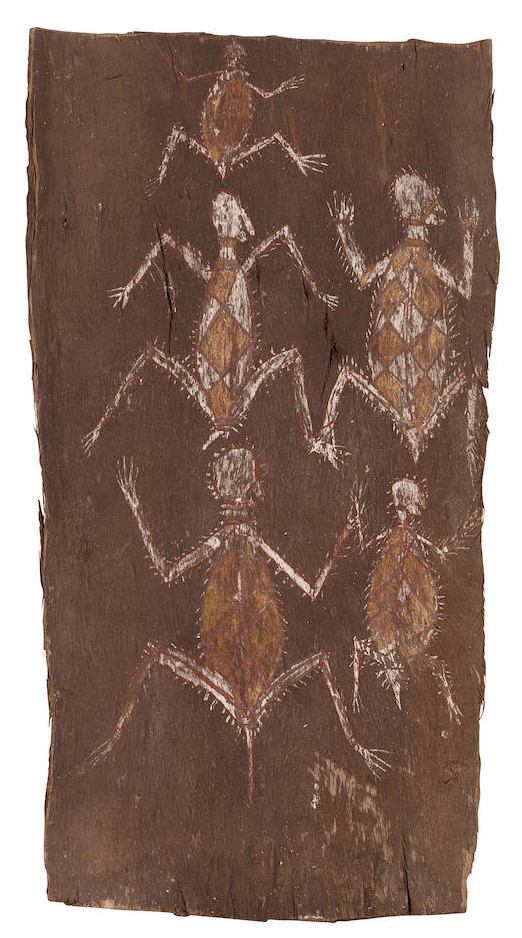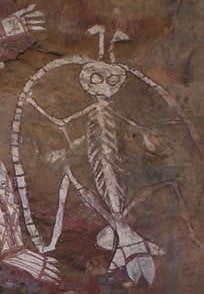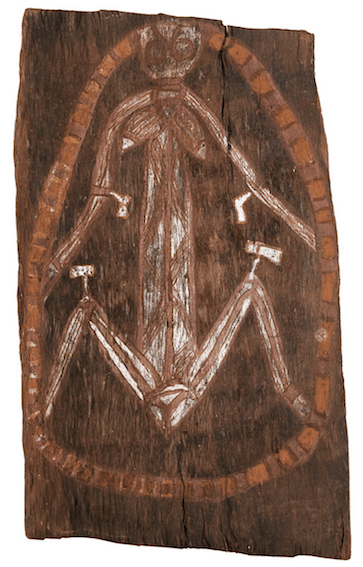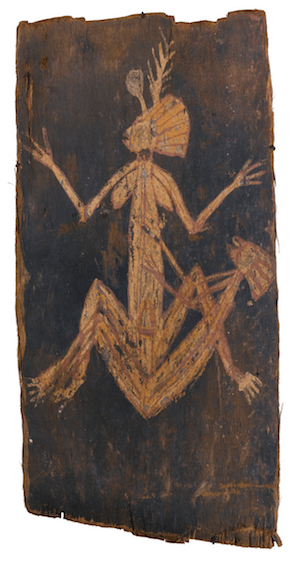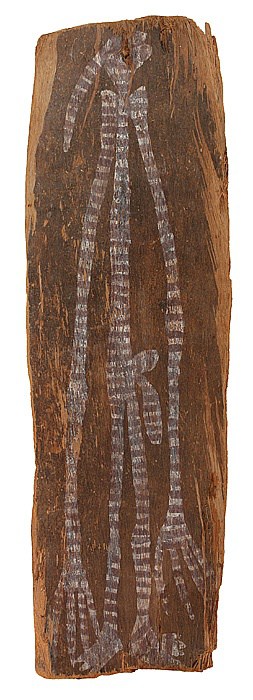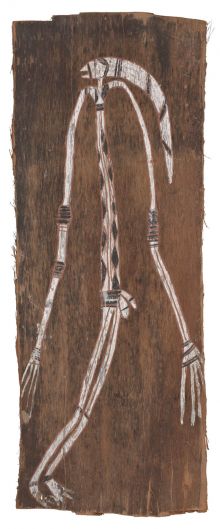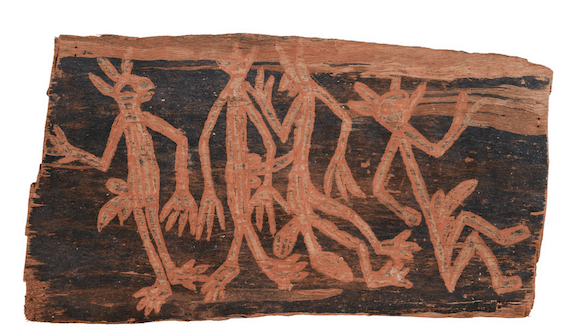Nadjombolmi Charlie Barramundi early Bark painter
Nadjombolmi Charlie Barramundi was an early bark painter in the Oenpelli region. He only has a few known works because he died before bark painting became commercial.
The aim of this article is to assist readers in identifying if their aboriginal bark painting is by Charlie Barramundi. It compares the few known examples of his work. Nadjombolmi painted in an Oenpelli Bark Painting style.
If you have a Nadjombolmi Charlie Barramundi bark painting to sell please contact me. If you just want to know what your bark painting is worth to me please feel free to send me a Jpeg. I would love to see it. If your aboriginal bark painting is overseas I would love to see it return to Australia.
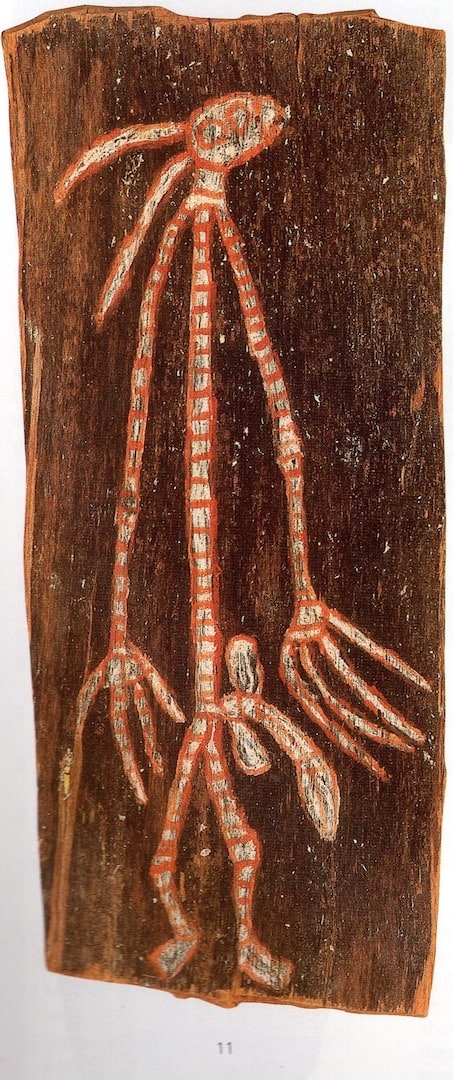
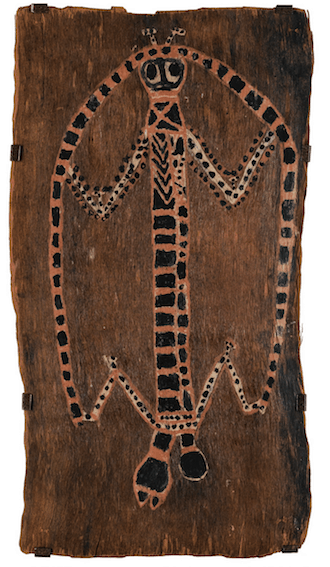
Style
He painted bark paintings in an archaic style full of power and spirituality. Only a few examples of his work a known but they are so powerful I think he deserves recognition as an important artist. His barks deal with figures from the spirit world such as Namorrordo which are a malicious spirit of the stone country. He also painted Namarrkon the lightning spirit. They are on an ochre background with white kaolin figures covered in fine red lines.
His work exhibits a freedom and flows that I find highly desirable in a great bark painting. He died before barks were commercially collected in the 1960s which accounts for why so few of his work exist. His barks have rough-cut edges.
His bark paintings can only really be compared to other very early Oenpelli artists like Diidja, Djambalula or Nym Djimungurr.
Biography
Nadjombolmi Charlie Barramundi belonged to the Bardmardi clan spoke Jawoyn and kundedjnjenghmi language. He was of Yirridjdja Moiety. He was born around 1895 and died in 1967. Along with many other Arnhem Land Artists who did bark paintings, there is not a lot of information readily available about Charlie Barramundi.
Nadjombolmi was known to have been a great hunter and fisherman which earned him the nickname Charlie Barramundi. He was known to restore older rock paintings in keeping with tradition to allow the paintings to retain the power of the ancestors. If anyone knows more information about the biography of Nadjombolmi Charlie Barramundi, please contact me as I would like to add it to this article.
Nadjombolmi is sometimes spelled Najombolmi of Naiyomeolmi.
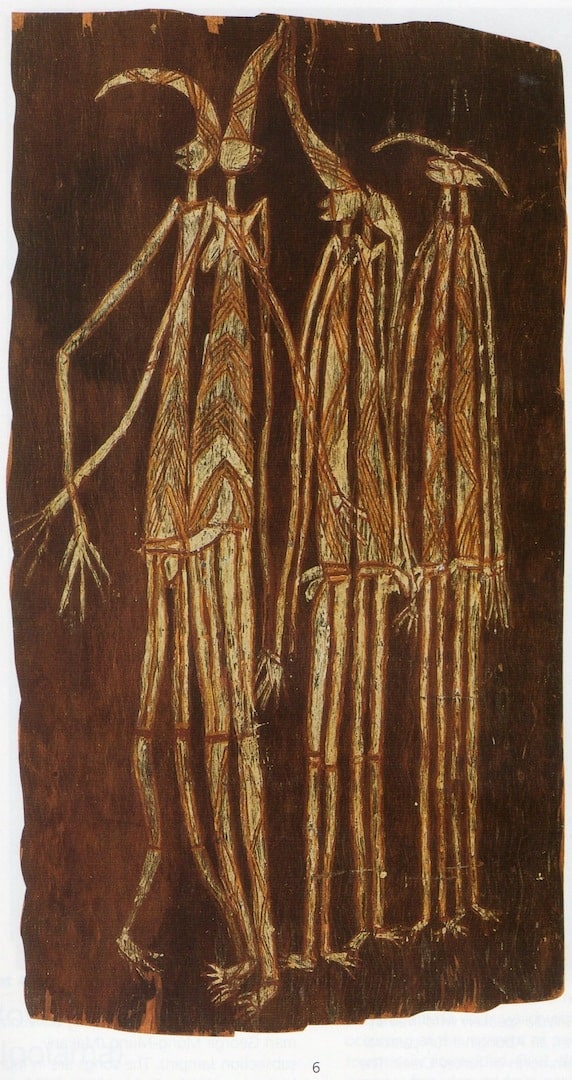
Care for Aboriginal Bark Painting by ensuring it always stays dry and does not move as ochres can flake off. A bark painting is best stored in a dust-free place and away from insects.
All images in this article are for educational purposes only.
This site may contain copyrighted material the use of which was not specified by the copyright owner.
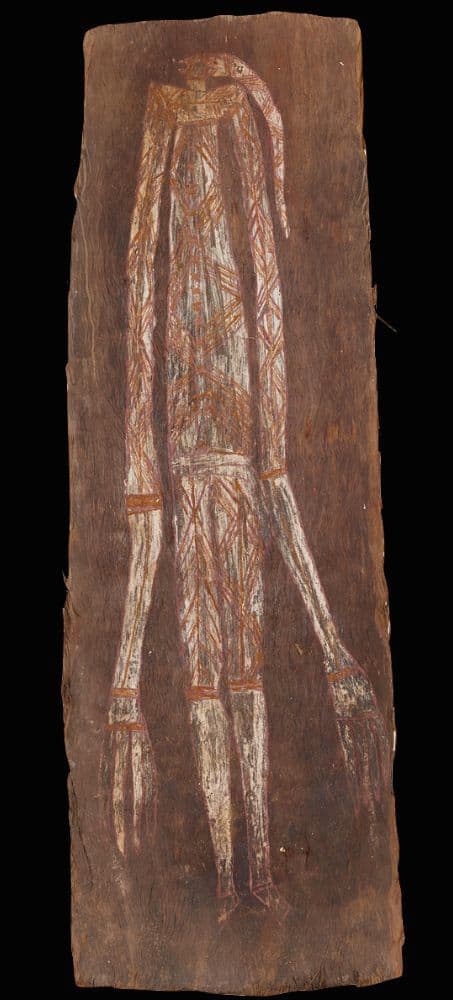
Namorrordo: Malicious Spirit of the Shooting Star
‘In large holes in the vast, rocky Arnhem Land plateau, which the Aborigines refer to as “the stone country” live malicious spirits called Namarnde or namorrordo. These are long-haired people with very thin bodies (“just a little muscle over their bones”) and long, slender fingers tipped with long nails.
Namarnde are considered to be dangerous to humans. In the daytime, they stay quietly in their cool holes in the stone country. At dusk they begin to prowl abroad, uttering high-pitched cry: “Go-wed!”. After nightfall, they go on a “sneaking walkabout” across the sky, looking for a solitary, sleeping Aborigine whose liver and kidney they will remove. This is a practice also favoured by malicious human sorcerers: when the victim awakens, there is no mark on his or her body. In three or four days the person dies.
Namarnde were sometimes glimpsed on their prowls by the ‘old people’ (past generations), who would subsequently paint the image on a rock face or on the inner walls of their bark huts so as to show people what a namurrordo looked like.
Today namorrordo are always invisible to people except when, during their night-time prowls in the sky, they show themselves for a few seconds as a falling star divided across the heavens.
The Echidna Ngarrbek and the Turtle Ngalmangiyi.
The Echidna and long neck turtle are important species that features in the Yabbadurruwa ceremony.
There is an important creation story of the battle between two powerful beings Ngarrbek and Ngalmangiyi. Ngarrbek had a young baby eaten by Ngalmangiyi. This lead to a legendary battle between the two.
Ngalmangiyi had many spears and threw so many at Ngarrbek they covered his entire body. These spears later transformed into the spines and Ngarrbek into an echidna.
Ngarrbek however possed a magic grindstone which he smashed onto the body of Ngalmangiyi. The grindstone transformed into a hard shell and Ngalmangiyi into a Northern Snake-necked Turtle.
At the site where this epic battle occurred, there is still a thicket of bamboo grass used for making spears.
This legendary battle is still acknowledged through ceremony. Kuninjku performs two major regional ceremonies, the Kunabibbi and Yabbadurruwa. The ceremony celebrates the major creation journey of creator beings. These creator beings traveled first north, and then returned south, through their country. Kunabibbi belongs to the Duwa moiety social grouping. Yabbadurruwa belongs to the Yirridjdja moiety.
The two ceremonies are a pair whereby the different social groups have reciprocal roles to play. One group aligns with Ngalmangiyi (Duwa Moiety) and the other with Ngarrbek (Yirridjdja Moiety.
The long neck turtle and Echidna are often depicted with interior decoration to emphasize its important ceremonial role.
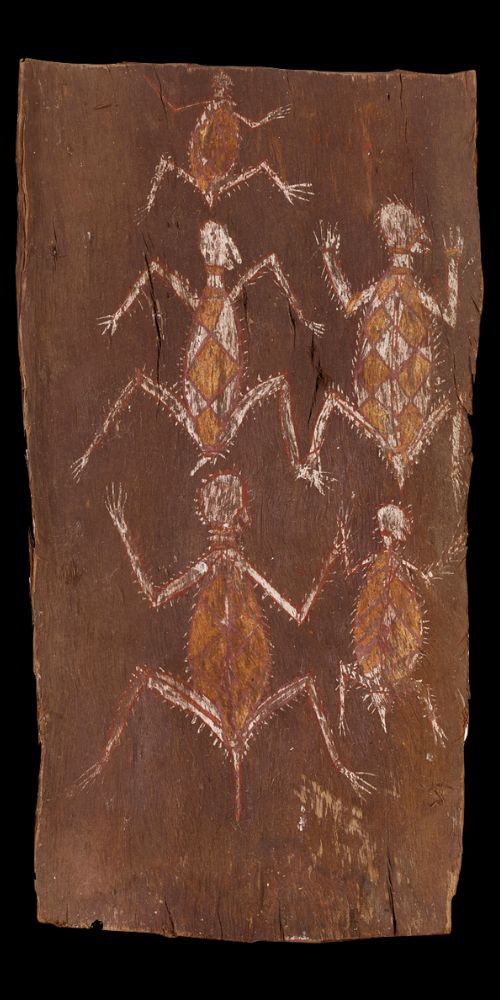
Western Arnhem land Artists and Artworks
Charlie Barramundi Bark Painting images
The following images are not a complete list of the artist’s works but give some idea of his style and variety.

